Demil Lasers and Sensors
Posted: 2016/26/05 Filed under: Uncategorized | Tags: Army, Army National Guard, Army Reserves, Army Soldiers, Half-Mast, Lasers, LOGSA, Military, Military Equipment, Military Life, NSN, PM, PMCS, Preventive Maintenance, PS, PS Mag, PS Magazine, PS Online, Publications, Sensors, Soldier, Soldiers, TACOM, TM, United States Army Leave a commentBecause the following sensors and lasers will no longer be sold to the public due to a Class II laser exemption, their demil codes are being changed from F to D.
That means you can demil them without having to contact TACOM. Break the glass on all of them, including each of the lasers, and remove their batteries before turning them in to DLA Disposition Services.
| Item | NSN |
| AN/PAQ-4 | 5855-01-107-5925 |
| M30 boresight | 5860-01-394-7781 |
| AN/PEM LBS | 5860-01-471-2091 |
| LA-8/P-ALP (left hand) | 5860-01-564-8167 |
| LA-8/P-ALP (right hand) | 5860-01-558-4706 |
| AN/PEQ-14 ILWP (black) | 5855-01-538-0191 |
| AN/PEQ-14 ILWP (tan) | 5855-01-571-1258 |
| AN/PEQ-16A MIPIM | 5855-01-550-2780 |
| AN/PEQ-16B LED version | 5855-01-582-1584 |
| LA-13P GLIS BE Meyers | 5860-01-598-6556 |
| LA-12P GLIS L-3 | 5860-01-598-7398 |
| AN/PEQ-15 ATPIAL (black) | 5855-01-534-5931 |
| AN/PEQ-15 ATPIAL (tan) | 5855-01-577-7174 |
| AN/PEQ-15A DBAL (black) | 5855-01-535-6166 |
| AN/PEQ-15A DBAL (green) | 5855-01-579-0062 |
| MFAL | 5855-01-537-6000 |
| AN/PAQ-4A | 5855-01-312-5160 |
| AN/PAQ-4B | 5855-01-361-1362 |
| AN/PAQ-4C | 5855-01-398-4315 |
| AN/PEQ-2B TPIAL | 5855-01-515-6904 |
| AN/PEQ-2C TPIAL | 5855-01-515-6908 |
| AN/PEQ-10 ILWIP | 5855-01-529-4726 |
| AN/PEQ-16 IPIM | 5855-01-538-5521 |
Questions? Contact Engels Arias at DSN 786-1230, (586) 282-1230 or email:
engels.d.arias.civ@mail.mil
Take an App Approach
Posted: 2016/17/05 Filed under: Uncategorized | Tags: Army, Army National Guard, Army Reserves, Army Soldiers, CECOM, DLA, DoD, Half-Mast, HOOAH, Logistics, LOGSA, maintenance, Military Equipment, Military Life, National Guard, NSN, Packaging, PM, PMCS, Preventive Maintenance, PS, PS App, PS Mag, PS Magazine, PS Online, Publications, Reserves, Soldier, Soldiers, TACOM, TM, United States Army Leave a commentIf you could keep from bruising your knuckles or breaking your back when you’re doing PMCS or equipment repairs, you’d jump at the chance. You’d probably want to know all about a tool that helps protect you while making you more proficient and efficient in doing your job.
There is such a tool, but it might fool you at first. It’s a magazine and it’s small – but it’s one heck of a tool.
Let’s think about that nut, tube, or other component that needs replacing. You’ve dug through a dog-eared tech manual, finally found the national stock number (NSN), and you’ve got it ordered. But the requisition comes back unfilled. That NSN is a terminal item and it’s out-of-stock.
What the heck? How can you fix stuff when the Army no longer supplies the part? PS, The Preventive Maintenance Monthly, that handy little magazine, is the tool you need. The probability is that PS Magazine has already published a story about the NSN being terminal and has provided the new NSN you should be using instead.
Or maybe some other Soldiers have noticed a part that gets overlooked in PMCS, but keeps other parts from working right when it fails. That puts your vehicle at risk of fire, damage, or loss. PS lets you know what to look for.
Maybe there’s a new MWO out that you haven’t heard about yet. PS has probably written about it, telling readers where to find the MWO and who’s going to do it!
Now, PS Magazine has been retooled just for you. In addition to the monthly printed magazine that’s been available to units since 1951, PS is now available as a mobile app for both Apple and Android tablets and phones.
We’ve included static PDF issues from 2014 through February 2016, but the issues from March 2016 forward are interactive. Videos are attached to links in some articles, some articles link to photographs of equipment components, a link to our website allows access to our search engine covering all articles dating back to 2000. Additional videos are available on our Resources link for use as individual learning or team training material. The Hot Topics link allows PS to get late-breaking information to you concerning your equipment. Maybe a specific part needs to be checked immediately to avoid equipment breakdown, or there’s an urgent need for an unserviceable part so it can be repaired and put back into the supply system.
PS, The Preventive Maintenance Monthly is an official Army technical bulletin, but it uses color, sequential art (cartoon art) techniques, and equipment illustrations to provide you current information approved by equipment proponents.
PS is the information tool that needs to be in your toolbox and now on your tablet or phone. Use these QR codes or the following URL addresses to get the App and download the magazine:
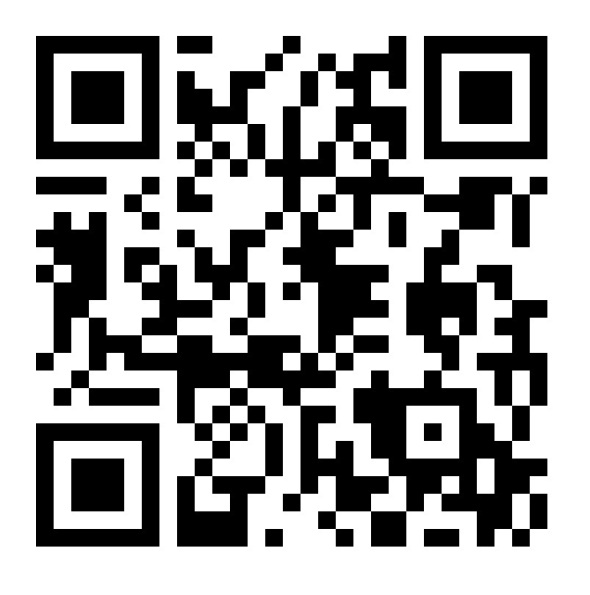
PS website: https://www.logsa.army.mil/psmag/pshome.cfm
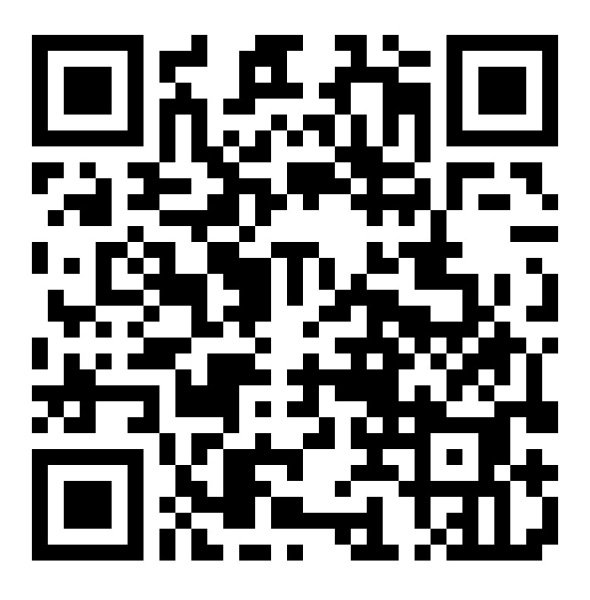
Android PS MAG App https://play.google.com/store/apps/details?id=mil.logsa.army.psmag&hl=en

Apple PS MAG App https://itunes.apple.com/us/app/p.s.magazine/id1082232259?mt=8
The May PS Magazine has Arrived!
Posted: 2016/05/05 Filed under: Uncategorized | Tags: Army, Army National Guard, Army Reserves, Half-Mast, LOGSA, maintenance, Military, Military Equipment, PM, Preventive Maintenance, PS, PS Mag, PS Magazine, PS Online, Publications, Soldier, Soldiers, TACOM, TM, United States Army Leave a comment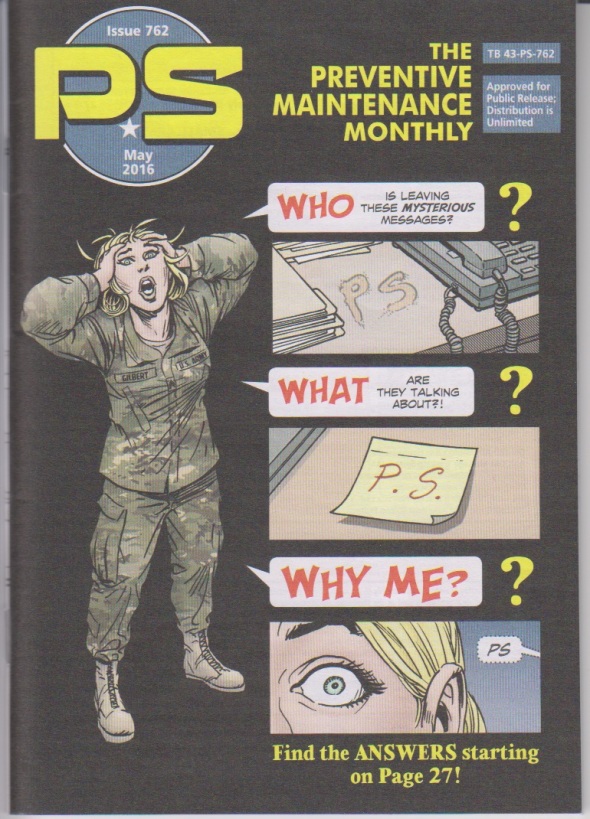
https://www.logsa.army.mil/psmag/pshome.cfm
DLA’s eDocs Moves
Posted: 2016/05/05 Filed under: Uncategorized | Tags: Army, Army National Guard, Army Reserves, DLA, eDocs, Half-Mast, LOGSA, maintenance, Military, Military Equipment, PM, Preventive Maintenance, PS, PS Mag, PS Magazine, PS Online, Publications, Soldier, Soldiers, TACOM, TM, United States Army Leave a commentThe Defense Logistics Agency’s (DLA) electronic documents service, eDocs, has migrated to a new operating system.
This means if you need to get copies of scanned and signed DD Forms 1348-1A, Issue Release/Receipt, you’ll also need to request access to the new system.
Download a prefilled DD Form 2875, System Authorization Access Request (SAAR), and instructions on filling out the form from the new eDocs system at:
https://www.dacspr.documentservices.dla.mil/eDocs
When your SAAR is approved, you will receive an email with instructions and helpful hints in accessing the new eDocs system.
EIR Digest Returns
Posted: 2016/05/05 Filed under: Uncategorized | Tags: Army, Army National Guard, Army Reserves, EIR, Half-Mast, LOGSA, maintenance, Military, Military Equipment, PM, Preventive Maintenance, PS, PS Mag, PS Magazine, PS Online, Publications, Soldier, Soldiers, TACOM, TM, United States Army Leave a commentA popular Army equipment publication is back after a 7-year absence. TACOM LCMC started the Equipment Improvement Report and Maintenance Digest (EIR Digest) back in the 1970s. It ended publication in 2009 but is now back.
EIR Digest covers all categories of equipment managed by the TACOM LCMC. It gives information on EIRs, equipment publication changes, 2028 response information, and publication actions.
EIR Digest contains the following chapters:
- General information
- EIR cases
- Minor alterations
- Ideas approved for implementation based on submittals from DA Form 2028, Recommended Changes to Publications and Blank Forms
- Miscellaneous technical information
- Authenticated technical equipment publications
- Safety and maintenance messages.
Issues are quarterly and the info expires two years after publication.
You can download the EIR Digest at:
https://www.logsa.army.mil/etms/
To see a list of all available issues, type TB 43-0001-62-% in the Pub Number box and click Search. The newest issue should appear at the bottom of the list.
For questions or to submit ideas, put “EIR Digest” in the subject line and email:
usarmy.detroit.tacom.mbx.ilsc-tech-pubs@mail.mil
M326 Mortar Stowage Kit . . .Engaging Disengage Lever
Posted: 2016/28/04 Filed under: Uncategorized | Tags: 120mm, Army, Army National Guard, Army Reserves, Half-Mast, LOGSA, M326, maintenance, Military, Military Equipment, Mortar, PM, Preventive Maintenance, PS, PS Mag, PS Magazine, PS Online, Publications, Soldier, Soldiers, TACOM, TM, United States Army Leave a commentThe M326 mortar stowage kit (MSK) is used for transporting the 120mm mortar. When Soldiers have trouble moving the M326’s disengage lever on the gear box, they sometimes hit it with a blunt object like a hammer.
Bad move! That breaks the handle. The only fix is to replace the entire hydraulic drive.
To keep the lever from locking up, operators should quickly press the HOIST DOWN button on the control pendant assembly when the mortar is in the travel position. That releases pressure on the gears, allowing the disengage lever to move freely.
If power is lost and the gears are locked up, follow the procedures in WP 00 13 in TM 9-2590-527-13&P.
If you have any questions about the M326, contact Erik Jensen at (586) 282-1220 or email:
M1-Series Tanks…Screen Strains Debris
Posted: 2016/26/04 Filed under: Uncategorized | Tags: Army, Army National Guard, Army Reserves, Half-Mast, LOGSA, M1-Tanks, maintenance, Military, Military Equipment, PM, Preventive Maintenance, PS, PS Mag, PS Magazine, PS Online, Soldier, Soldiers, TACOM, TM, United States Army Leave a commentMechanics, when you’re replacing the M1-series tank’s turret distribution valve (TDV), NSN 4820-01-308-1858, be sure to give the inlet strainer screen a good eyeballing.

That little screen, NSN 4730-01-292-7776, protects the TDV from big problems caused by debris from the hydraulic reservoir. Using a clogged or damaged screen makes the TDV strain to do its job.
Make sure the screen isn’t damaged or blocked by debris. Clean it if needed or order a new screen if the old one’s no longer serviceable.
A new TDV doesn’t come with a screen, so you’ll need to order one separately. Never install a TDV without a screen. And it’s a good idea to keep a few extra screens in your tool truck.
Stryker… AFES Fire Bottles Make a Change
Posted: 2016/18/04 Filed under: Uncategorized | Tags: Army, Army National Guard, Army Reserves, Half-Mast, maintenance, Military, Military Equipment, PM, Preventive Maintenance, PS, PS Mag, PS Magazine, Soldier, Soldiers, Stryker, TACOM, TM Leave a commentCrewmen, the fire extinguisher bottles for your Stryker’s automatic fire extinguishing system (AFES) are getting a makeover.
The crew compartment’s composite fire extinguisher bottles, NSN 4210-01-542-0008 for the Stryker and NSN 4210-01-600-8571 for the double V-hull Stryker, are being phased out. They’re being replaced by a steel version, NSN 4210-01-621-9540, that works for both the Stryker and double V-hull Stryker.
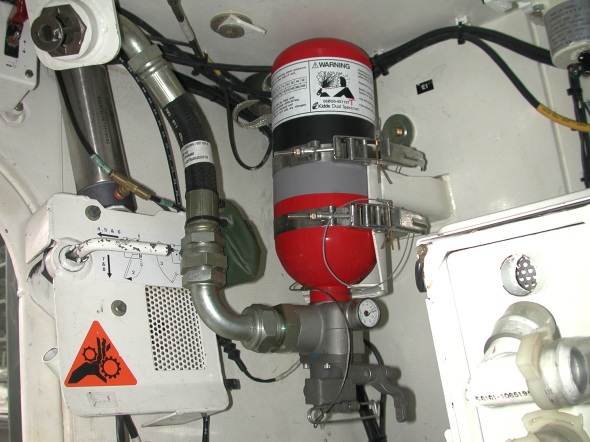
The engine compartment’s composite fire extinguisher bottle, NSN 4210-01-541-9993, for both the Stryker and double V-hull Stryker is also being replaced by a steel version, NSN 4210-01-503-1522.
You can still use the composite bottles as long as they’re serviceable.
For more info, check out TACOM Maintenance Action Message 16-024 at:
https://tulsa.tacom.army.mil/maintenance/message.cfm?id=MA16-024.html
AGSE . . . The ALUMMC is Coming Soon
Posted: 2016/04/04 Filed under: Uncategorized | Tags: ALUMMC, Army, Army National Guard, Army Reserves, Half-Mast, LOGSA, maintenance, Military, Military Equipment, MOIS 91B, PM, PM AGSE, Preventive Maintenance, PS, PS Mag, PS Magazine, Publications, Soldier, Soldiers, TACOM, TM, United States Army Leave a commentCrews and mechanics, PM AGSE will soon be fielding the new aviation light utility mobile maintenance cart (ALUMMC), NSN 1740-01-632-9476. The ALUMMC is a flatbed cart and is designed to haul parts and equipment around the hangar and airfield.
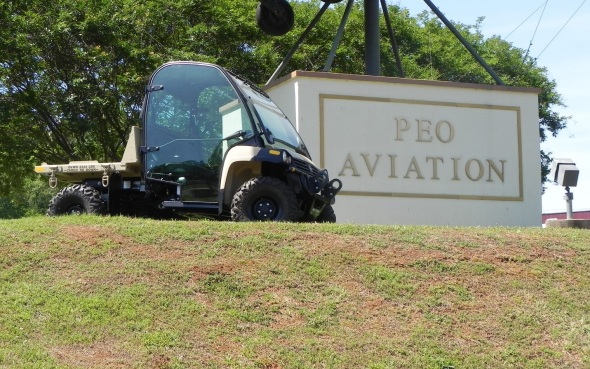
As with any new vehicle, your priority is to make sure you perform all the PMCS listed in TM 1-1740-213-13&P. According to the maintenance allocation chart (MAC), operators should only inspect the ALUMMC. Mechanics (MOS 91B) perform all maintenance by the book, without taking shortcuts.
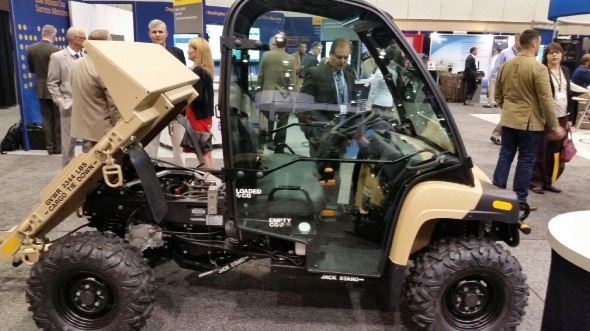
Here are a few tips you need to know about the ALUMMC:
o When loading the cart, the maximum payload capacity of the bed is 800 pounds.
o The ALUMMC is not intended to be used for towing. It may look like a rugged workhorse, but don’t let that fool you. Always use the standard aircraft towing system (SATS), NSN 1740-01-575-5662, to tow aircraft.
o The only jack authorized for use on the ALUMMC is the 5-ton hydraulic jack, NSN 4910-00-289-7233.
o The vehicle has a fan, ventilation system and a heater, but no air conditioning. To keep it cool, remove the doors like it says in WP 0129 in the -13&P TM.
Take some time to read through the new TM and familiarize yourself with it. It’s your guide to maintaining the ALUMMC. The new vehicle has a 24 month or 2,000 hour warranty, whichever comes first. If you have any issues outside of normal wear and tear, contact PM AGSE to determine warranty applicability.
Questions? Contact PM AGSE’s help desk at:
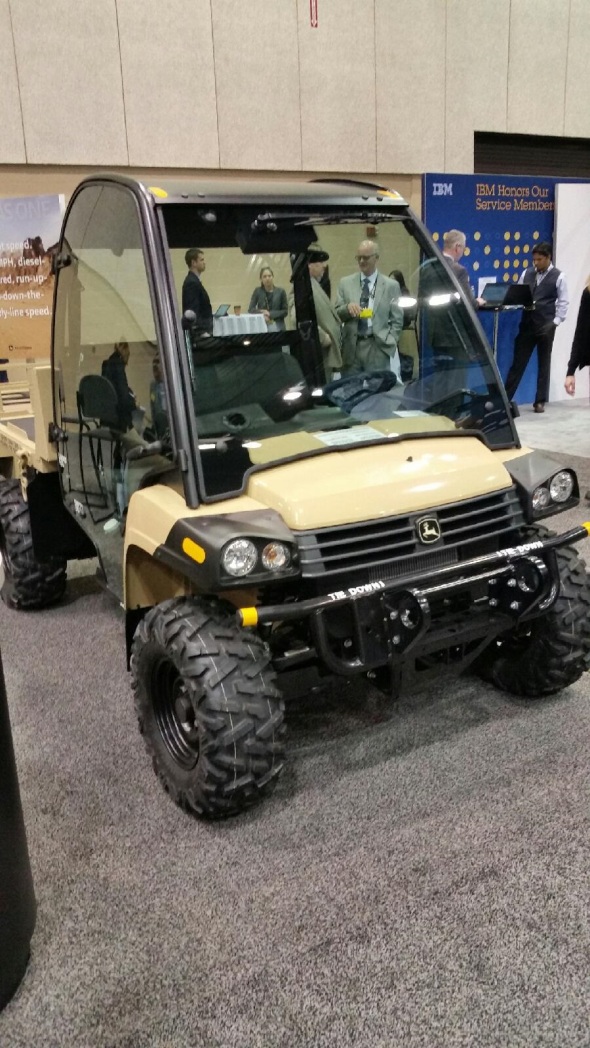
New Tourniquet Available
Posted: 2016/04/04 Filed under: Uncategorized | Tags: Army, Army National Guard, Army Reserves, Half-Mast, LOGSA, Medical, Military, Military Equipment, MOLLE, PM, Preventive Maintenance, PS, PS Mag, PS Magazine, Soldier, Soldiers, TM, Tourniquet, United States Army, USAMMA Leave a commentThe US Army Medical Materiel Agency (USAMMA) is fielding a new junctional tourniquet designed to save warfighters who are injured in the groin or armpit areas.
The SAM® junctional tourniquet weighs about one pound. It straps on like a belt and includes two inflatable air bladders that medics can inflate individually or at the same time. It can be positioned in less than a minute—a critical advantage for combat medics who often just have mere minutes to save a life.
The Combat Application Tourniquet is still standard issue to all deploying Soldiers, but it doesn’t work on junctional injuries.
A junctional tourniquet modular lightweight load-carrying equipment
(MOLLE) bag has also been developed that fastens to a combat medic’s main M9 bag.
Get the new junctional tourniquet and MOLLE bag with NSN 6515-01-646-2617 (about $500), or order the tourniquet
alone with NSN 6515-01-618-7475 (about $300).
Each single-use tourniquet comes with a training DVD and step-by-step instructions printed on the actual device, plus an instruction card.
